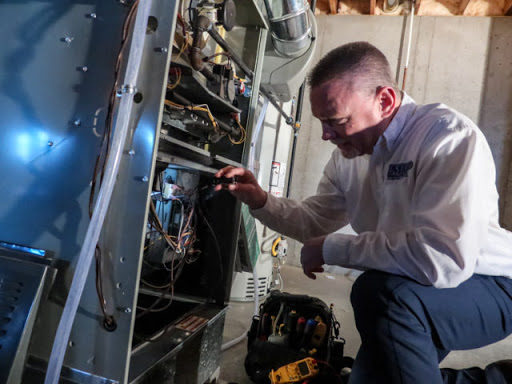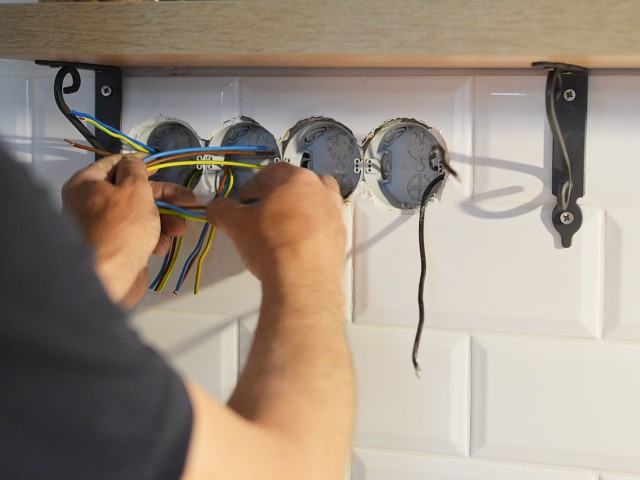Power Innovations

Despite the fact that the modern-day electrical utility industry didn’t begin till the late 1800s, we have been amazed by electrical energy since our ancestors first saw lightning. The old Greeks uncovered that rubbing amber produced an electric charge. Electricity is a basic part of nature and it is just one of our most widely used kinds of power. It is a secondary energy source that we receive from the conversion of primary resources such as gas, oil, and coal as well as nuclear power.
Lots of cities and communities were built along with waterfalls that turned water wheels to execute work. Prior to the start of electricity generation, kerosene lamps lit residences, iceboxes were used to keep food cold, as well as rooms were warmed up by cooktops. The “necessities” of today such as light bulbs, fans, air conditioners as well as refrigerators come from the suggestions of inventors that lived over 100 years ago.
Many of us recognize Benjamin Franklin’s famous kite experiment and also Thomas Edison’s electric light bulb, yet there were many other creators that contributed considerably to our modern-day uses of power. Some of these developers merely looked to surpass old ideas and others saw a demand and also let their interest run wild with each experiment up until they discovered something brand-new. Each innovation paved the way for the next.
In the mid-1600s Otto von Guericke, a German physicist, started exploring creating electrical power. In 1670 he designed the very first equipment to generate electrical energy in huge amounts making use of a round of sulfur which he turned and held his hand versus the round, charging it with electrical energy. Others, such as Isaac Newton, later on, used this machine utilizing a sphere of glass rather than sulfur, and then later a cylindrical tube, and after that a glass plate.

In 1747 Benjamin Franklin began to try out electricity and also proposed the notion of positive and also adverse fees. He executed his well-known kite experiment to confirm that lightning was a form of electrical discharge 1752. During a thunderstorm, he flew a kite with a tight cable pointing up connected to the top of the kite as well as an essential link to the various other ends of the string, as well as let it hang near to a container. The string came to be wet from the rain and caused stimulates to leap from the secret right into the container up until the container might not take care of any more fees. This experiment showed that electrical energy and also lightning are one and the same and that sharp poles carry out electricity far better than spheres, bringing about Franklin’s development of the lightning arrester. Beginning with this experiment, the principles of electricity progressively ended up being recognized.
In 1800 an Italian professor, Alessandro Volta, created the electronic stack which is now called an electric cell or battery. He made a stack of disks of zinc, acid or salt-soaked paper, and copper, and when he touched both ends he got a shock. The volt is named after Volta. Another, who in the very first half of the 1800s contributed substantially to our contemporary uses of electrical energy, was Michael Faraday. He carried out experiments on electrical power and also magnetism which resulted in modern developments such as the electric motor, generator, telegraph as well as telephone. In 1831 he tried out induction as well as uncovered a means to produce a great deal of electrical power simultaneously. We use his concept of electromagnetic induction for generating electrical power today in electric energy plants.
In the mid-1800s, the invention of the electric light bulb changed everybody’s life. This invention made use of electrical energy to bring indoor lights to our residences. Thomas Edison, an American innovator, didn’t develop the light bulb, yet surpassed a 50-year-old suggestion and developed an incandescent light bulb. Lots of people prior to him had created forms of electrical lights, yet none of these were functional for home use.
In 1879, after trying out for a year as well as a half, he utilized reduced present electricity, a filament of carbonized stitching thread, and also an enhanced vacuum cleaner inside the world to produce a functional, electric light bulb. Edison demonstrated his incandescent lighting system for the general public as he electrically lit the Menlo Park laboratory complicated. He realized the need for an electrical circulation system to provide power for lights as well as in 1882 the very first central business incandescent electric producing station supplied light and electrical power to consumers in one square mile location in New York City. This was the beginning of the electric age as the industry was evolving from gas as well as electrical carbon-arc industrial as well as street lighting systems.
By the late 1880s, the need for electrical motors brought the industry to 24-hour service, and also the electrical energy demand for transportation as well as market demands was substantially boosted. Several united state cities now had tiny central stations, nevertheless, each was restricted to a location of simply a couple of blocks as a result of the transmission ineffectiveness of straight existing (DC). As electricity spread around the world, Edison’s various electric companies remained to increase till they joined to form Edison General Electric in 1889. Three years later Edison General Electric combined with its leading rival Thompson-Houston as well as the firm came to be merely General Electric. Head over to TheNextTech for more info on electricity.



